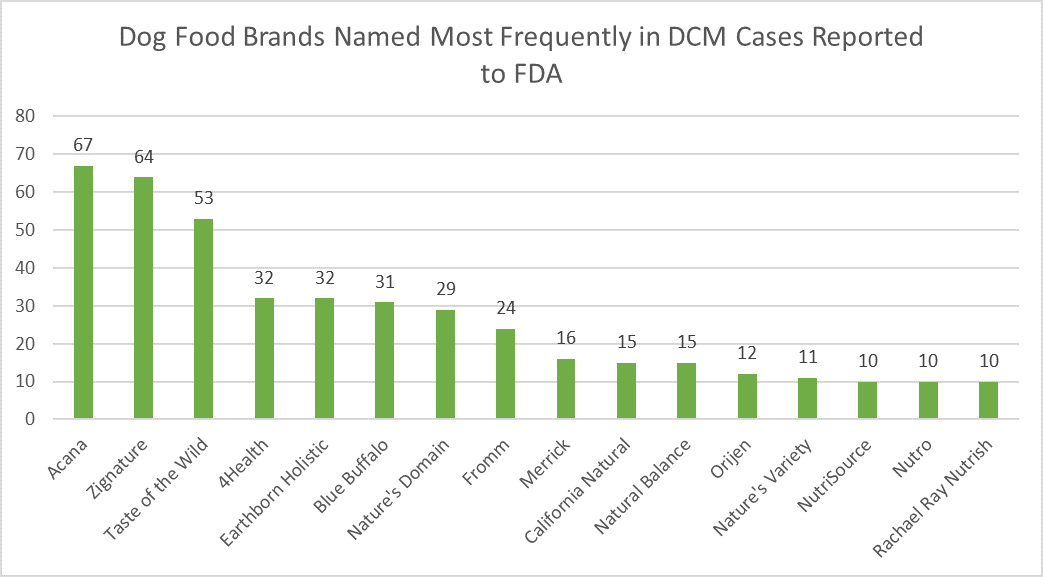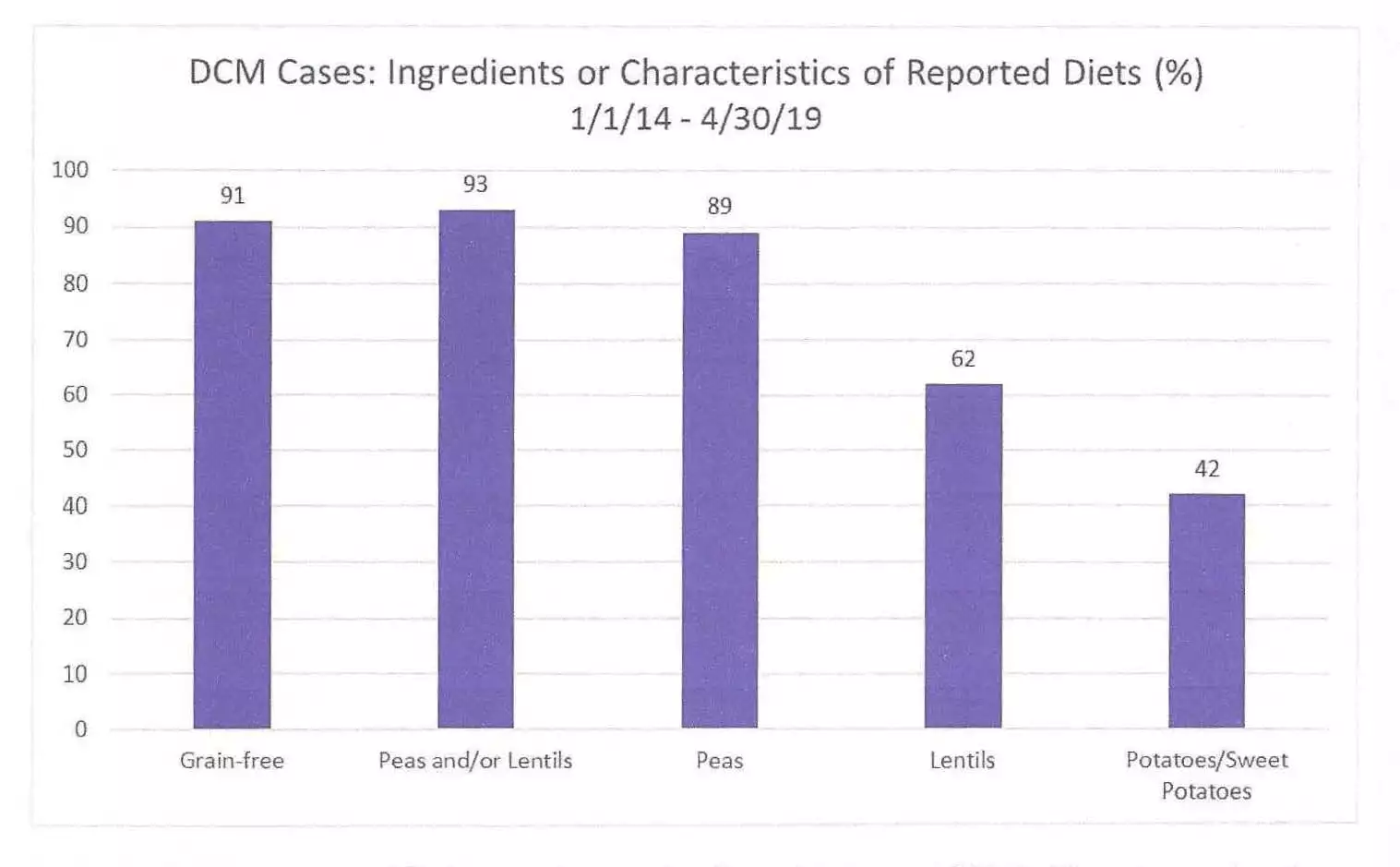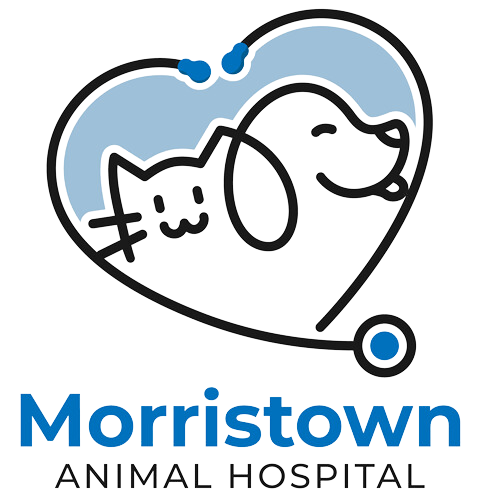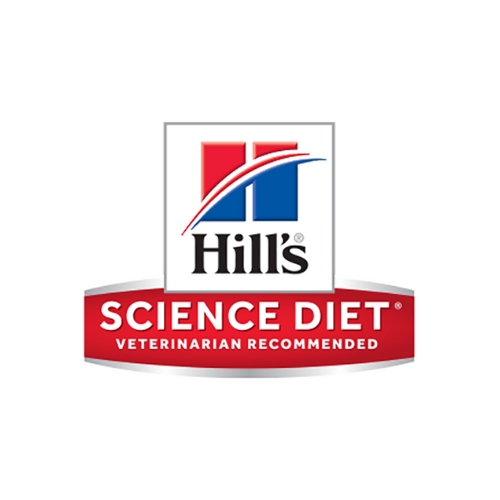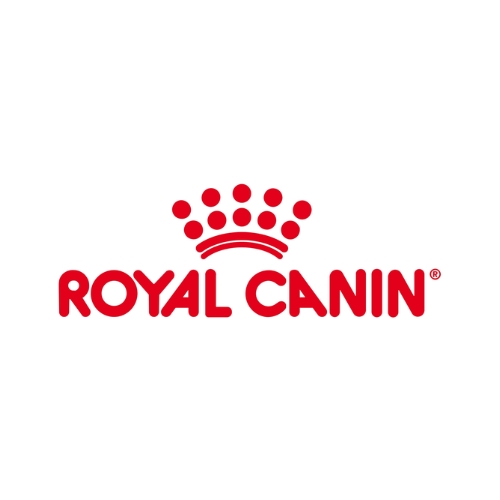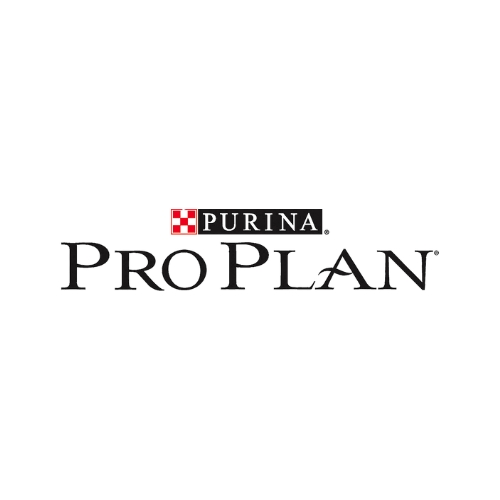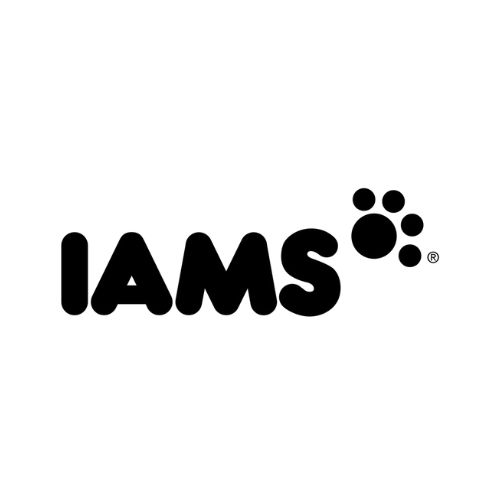Nutrition & Feeding
Learn more about proper nutrition for dogs and cats below.
Food Brand Recommendations
We recommend feeding your pet the “Big Four” food brands. These companies have the resources to conduct feeding trials and prove that the ingredeints they use provide metabolically available nutrients, not just meet the required nutrient analysis like smaller, boutique brands. Please see them listed below.

Understanding Pet Food Labels
Check your food bag/can for an Association of American Feed Control Officials (AAFCO) statement. If the statement says the diet has been “formulated” to meet AAFCO standards, it means that the analysis of all the ingredients contain the required amounts of each component (vitamins/minerals, protein, fat, carbohydrates, fiber, ect.) to sustain the indiciated life stages. It DOES NOT mean they fed the diet to animals and proved that it can maintain a healthy life.
The only way to determine whether the individual components of a diet are bioavailable is to see what happens when that diet is fed to animals. This would be indicated by an AAFCO statement that says “Animal feeding tests using AAFCO procedures substantiate that *food name* provides complete and balanced nutrition for *life state.*”
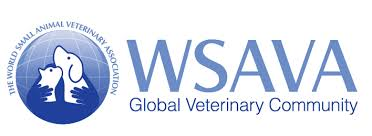
Tips on Selecting Pet Foods
The World Small Animal Veterinary Association (WSAVA) has a helpful guideline on what to look for when selecting pet food.
Transitioning Your Pet to New Food
When changing your pet’s diet to a new food, it’s best to slowly transition them onto it. Please use the following protocol to transition your dog safely to their new food:
Day 1 and 2: Feed 75% old food with 25% new food
Day 3 and 4: Feed 50% old food with 50% new food
Day 5 and 6: Feed 25% old food with 75% new food
Day 7: Feed 100% new food
Are you Overfeeding your Cat/Dog?
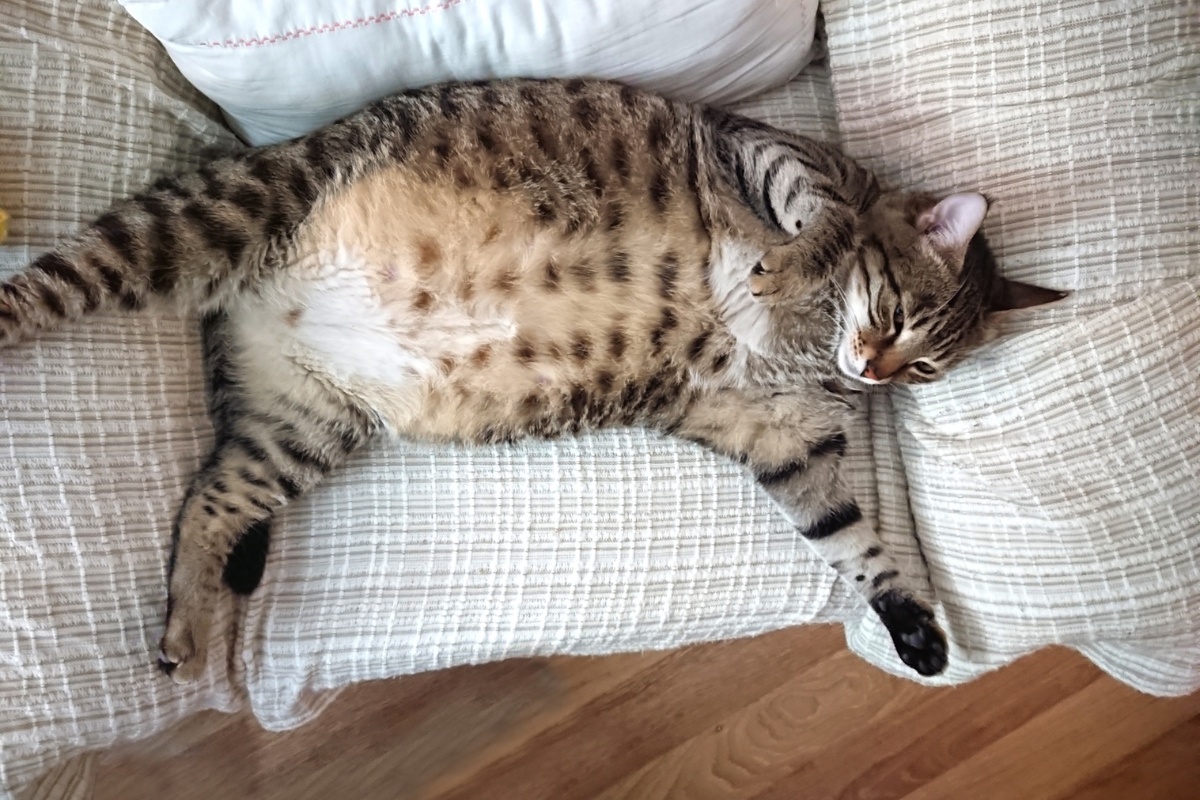
Maintaining a healthy weight in pets is crucial for their overall well-being and longevity. Obesity in pets can contribute to health issues including diabetes, heart disease, arthritis, and decreased life expectancy. By keeping your pet at a healthy weight, you can ensure theylive a happier, more active life.
Royal Canin has crafted insightful charts that give a better understanding on how frequency and certain typesof treats contribute to weight gain. Please view the charts below.
Treat Comparison Chart for Cats:
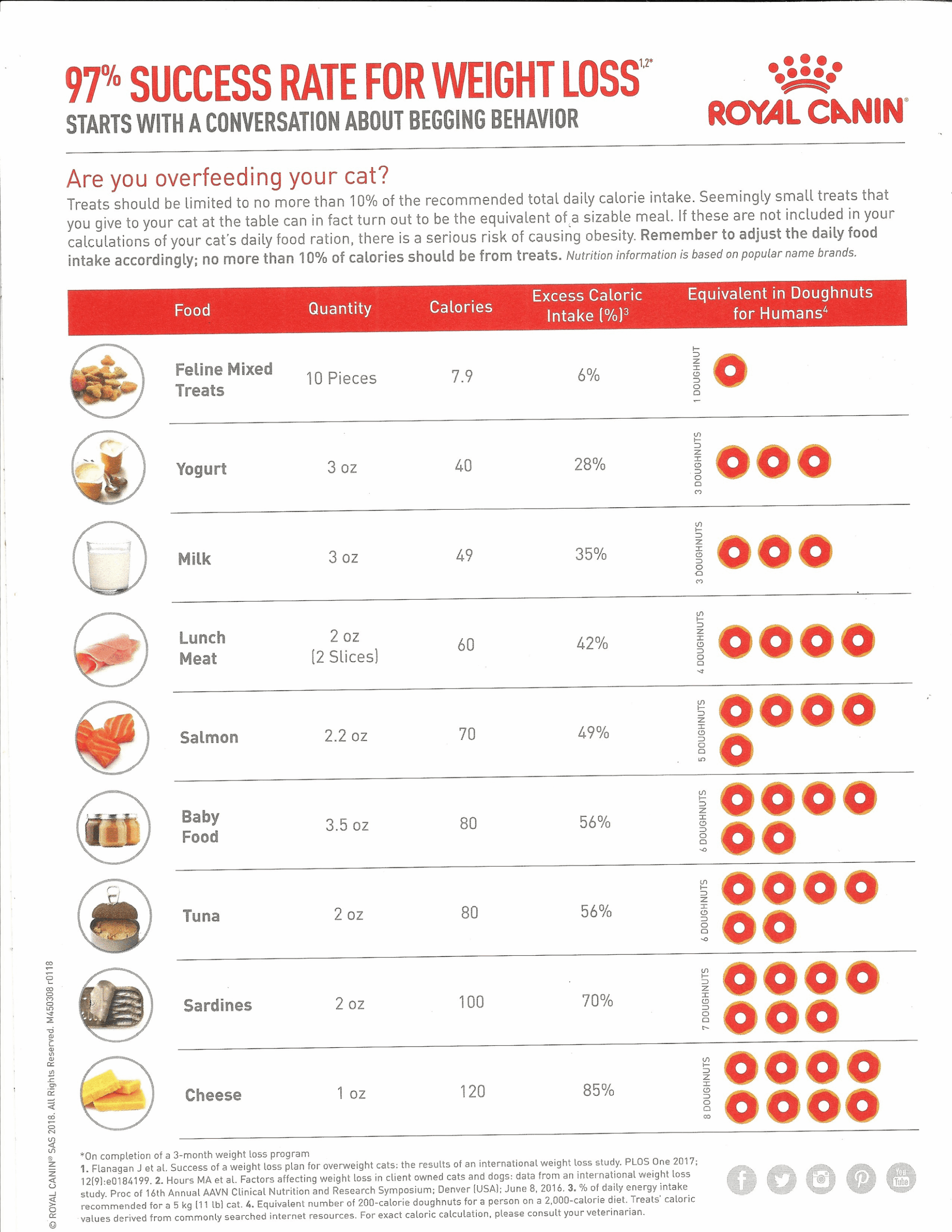
Treat Comparison Chart for Dogs:

Diet-Associated Dilated Cardiomyopathy
Update (Feb. 2023)
Google search “tufts diet-associated dcm article” to find: https://sites.tufts.edu/petfoodology/2023/02/07/diet-associated-dilated-cardiomyopathy-the-cause-is-not-yet-known-but-it-hasnt-gone-away/
